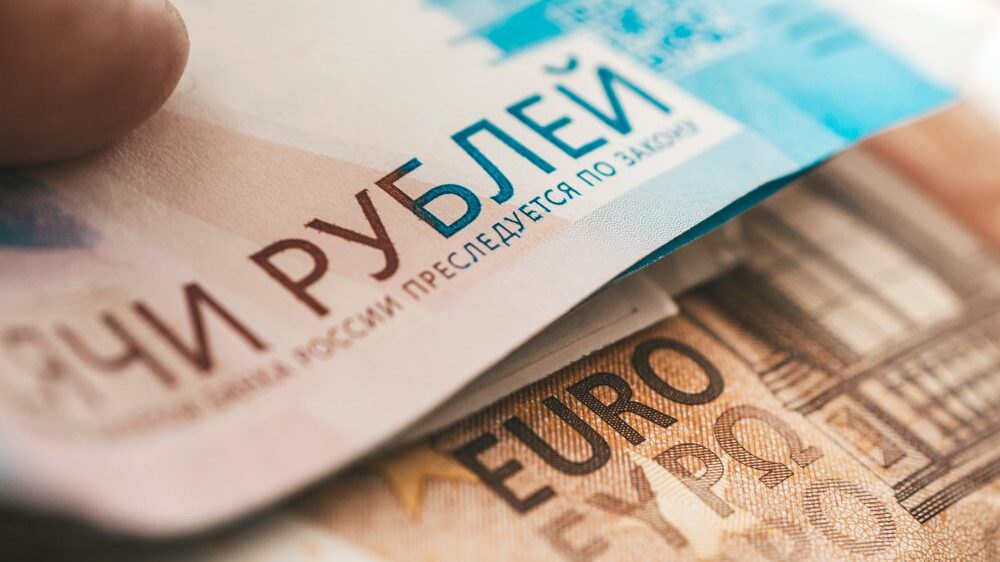
The European Commission is looking into ways to use over €200 billion worth of Russian state-owned frozen financial assets, commission President Ursula von der Leyen said during her speech at the Ukraine Recovery Conference in London on Wednesday, June 21st. But the legal feasibility of such a bold move remains quite uncertain.
As we also reported, the conference primarily came together to discuss the Western leaders’ ambitious plan to kickstart the reconstruction of Ukraine by combining over a hundred billion worth of government aid and a program of heavily incentivized private sector foreign investments.
But the €110 billion worth of financial aid planned to be delivered by Western nations—of which the EU promised €50 billion alone—will not be enough to pick up the tab. The reconstruction bill is estimated to be more than $400 billion at this point, which means there are plenty of gaps to fill in with a bit of creativity.
That’s where the Russian Central Bank’s foreign reserves come in, of which the Western countries froze about $300 billion worth after the beginning of the war last February. Over €200 billion of that is located in EU central securities depositories (CSDs), mostly held in Belgium and Luxembourg.
According to the Commission chief, these assets could be used to help Ukraine rebuild. Apart from grants and loans, von der Leyen said, Ukraine’s reconstruction will be financed “eventually with proceeds from the immobilized Russian assets,” promising to come up with a concrete proposal before the EU’s summer break.
According to Politico, the U.S., the UK, and Canada also consider confiscating and using frozen assets in the reconstruction effort, or withholding them permanently until Russia agrees to pay for the damages itself.
There’s only one ‘minor’ problem: under international law, foreign reserves are protected by state immunity. Therefore, instead of going directly for the assets, the EU is currently exploring options to get hold of the profits they generate.
One of the options outlined by an EU Council assessment is to require all asset holders in the EU to invest them, then Brussels seizes the dividends. But even this solution requires further legal consideration, the document writes, because if the investments turn negative, the EU would be liable to repay Russia for its losses.
The other option would be to introduce EU taxes on the windfall profits that the asset holders are making. This would allow Russia to retain the contractual ownership of the assets, with the EU only touching what the CSDs (and a few central and commercial banks) make on them in the form of profits, which are, of course, taxable.
However, as the European Central Bank warned, both options run the risk of undermining third countries’ trust in Brussels and discouraging them from keeping their foreign reserves in euros, as well as putting European financial institutions at a disadvantage if Brussels were to do it alone.
The Council, therefore, is pushing to get at least the G7 countries on board before making a decision, but according to the outgoing Swedish presidency, EU members will probably give a green light to the second, windfall profits tax option in the end.
The question was discussed behind closed doors at the EU ambassadors’ meeting on Wednesday, but according to diplomats who talked to Politico, no consensus emerged. While Poland, Slovakia, and the Baltic countries keep pushing for using as much of the Russian assets as possible, France, Germany, Italy, Luxembourg, and Portugal remained skeptical of the risks and feasibility of the proposal.
According to French Foreign Minister Catherine Colonna, it is only logical to have Moscow pay for the damages it inflicted, but tapping Russia’s foreign reserves still “poses legal questions that need to be resolved” first.
Discussions around the issue are expected to continue next week, with an eye on a possible decision at the upcoming Council Summit.
